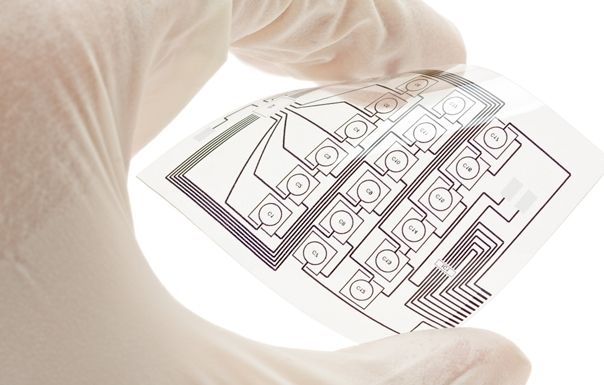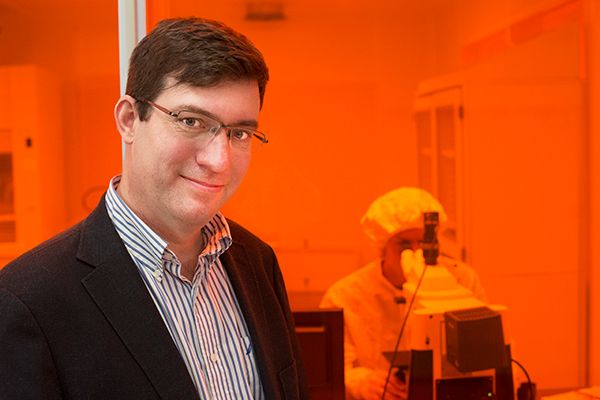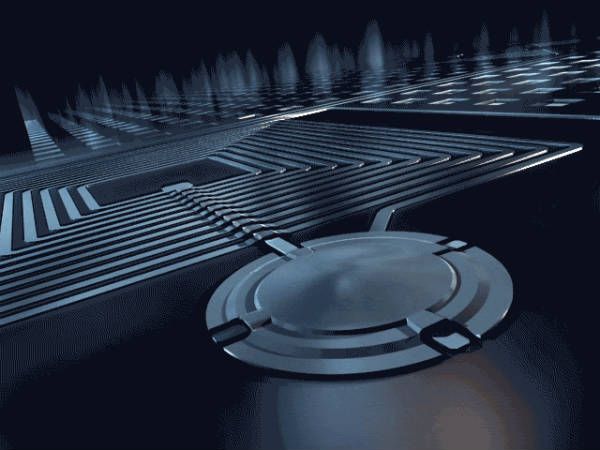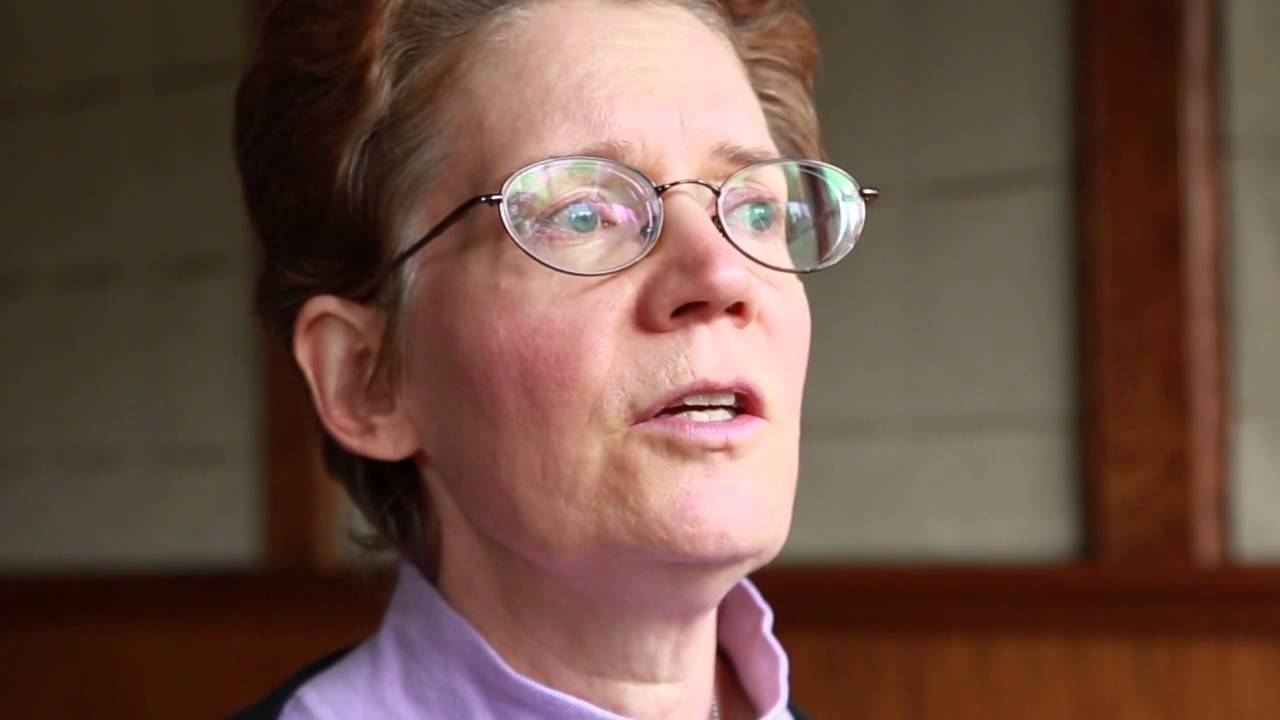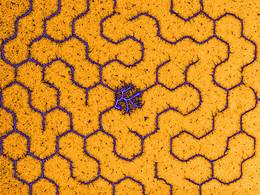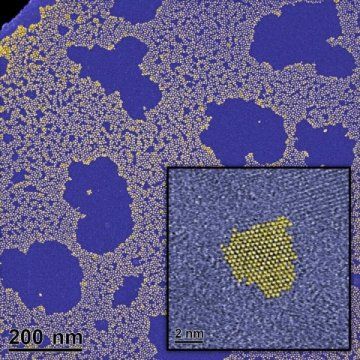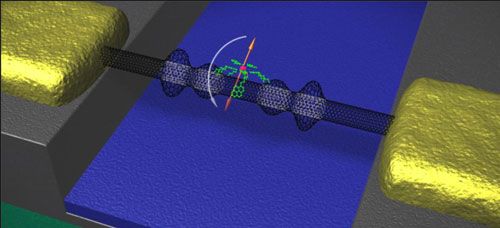Aug 22, 2016
Spin Nano-Systems Result in New Type of Quantum Bits
Posted by Karen Hurst in categories: computing, nanotechnology, quantum physics
Excellent progress.
The rapid progress that has been sweeping the field of crystal growth and related device technology is opening doors. Perhaps nowhere is the effect of this evolution being felt more than in the development of ultra-small structures whose material properties can be controlled on the nanoscale. The reason for this development: because solid-state nano–structures possess unique optical and electronic properties, they have the potential to be the launching pad of a new generation of devices.
Within the field, researchers are particularly focused on the properties of spins confined within the nano-structures – with the ultimate goal being to use spin nano-systems to develop, for example, robust quantum bits (qubits) capable of storing vast amounts of information. Here, the EU -funded S^3NANO project has successfully developed qubits in a new, innovative form. According to project researchers, these qubits could serve as the information units of the quantum computers of the future.
Continue reading “Spin Nano-Systems Result in New Type of Quantum Bits” »

